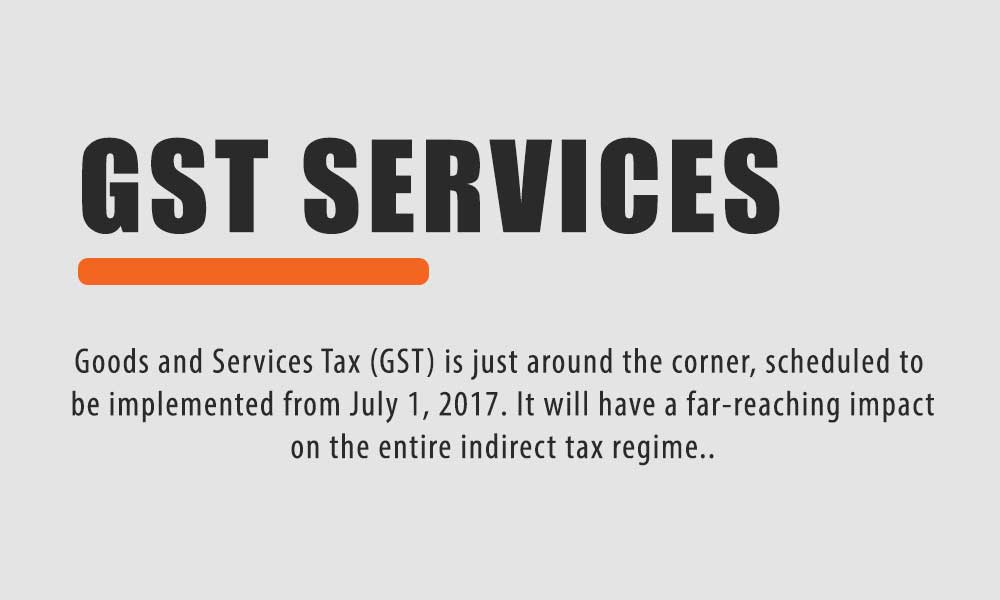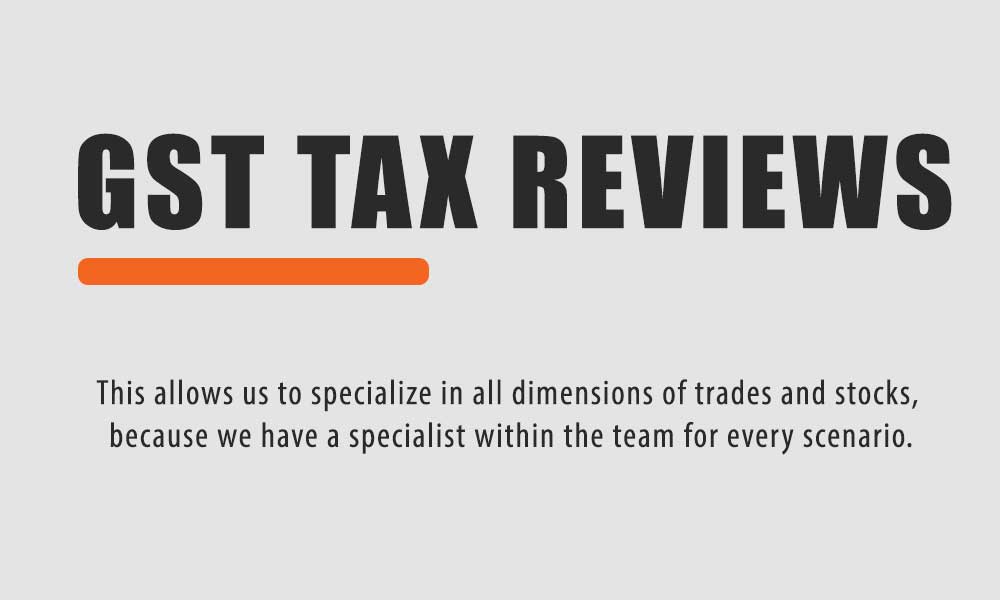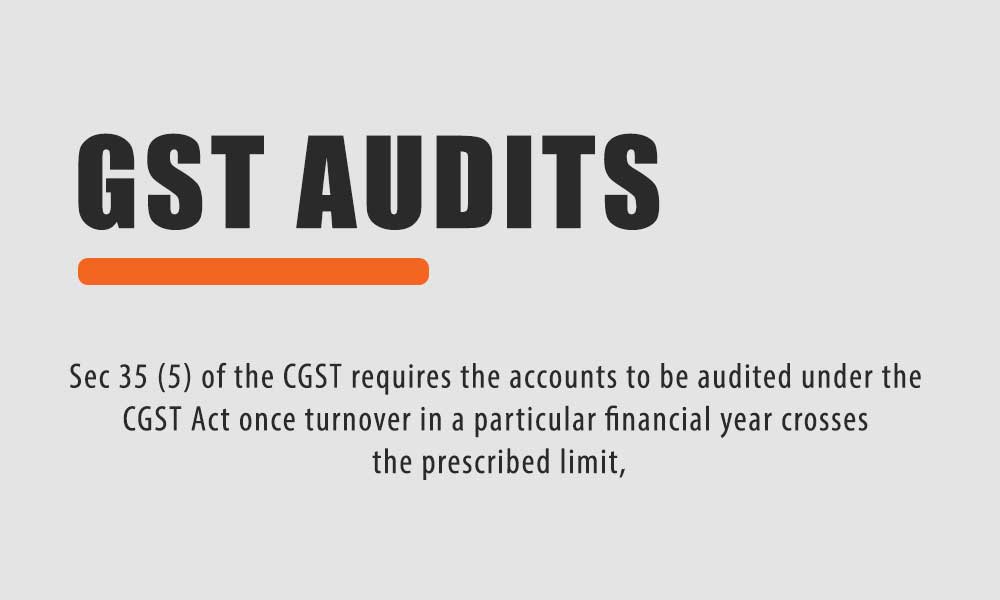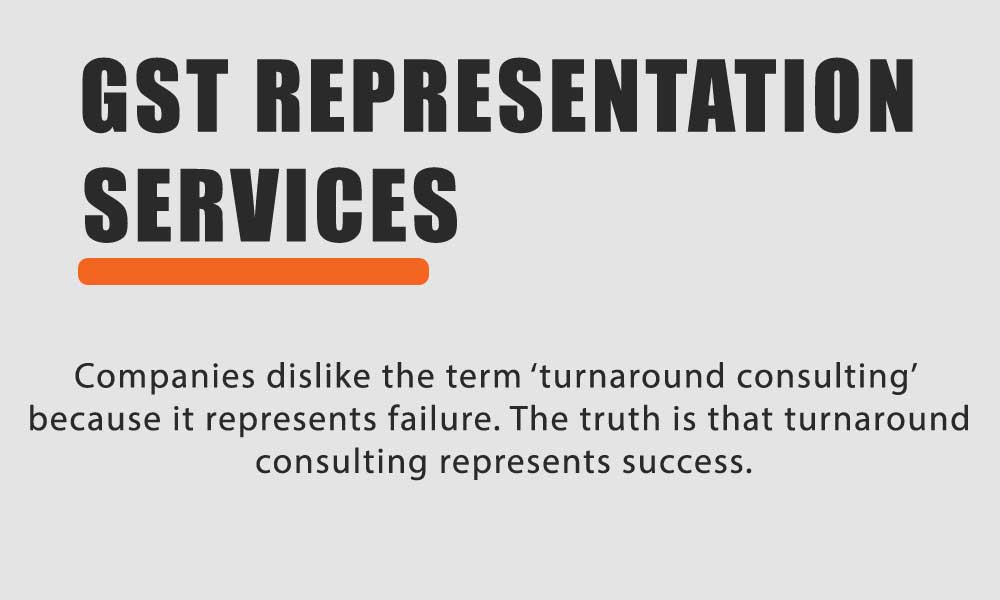E x c i s e
excise
Excise duty is leviable by Central Government on the activity of manufacture of goods specified in 1st schedule of Central excise tariff act, 1985.
Concept
Excise duty is leviable by Central Government on the activity of manufacture of goods specified in 1st schedule of Central excise tariff act, 1985. The law relating to Central Excise is enshrined in the Central Excise Act, 1944. The Central Excise Law made up of Acts, Rules, Notifications, Circulars and Trade Notices apart from analysis of case laws can be used in determining the excise duty implications on the activity of manufacture.
Manufacture
The taxable event, which attracts the levy of Central Excise, is manufacture or production of excisable goods. There is also concept of ‘deemed manufacture’ to levy excise duty on certain activities which generally may not be regarded as manufacture. Excise duty is leviable on removal of excisable goods from factory.
Classification
- Cascading tax effect (meaning tax on tax) will no longer exist
- Input Tax Credit will be easier to avail
- Returns and compliances will be consolidated
- Increased efficiency in Logistics
- Subsumes variety of Indirect Taxes
- Higher threshold for Registration
- Composition scheme for smaller businesses
- Online simpler procedure
- Regulating the unorganised sector
Valuation
Excise duty is payable on the value of excisable goods. The valuation of goods under Central Excise is done under any of the following four main methods. They are the transaction value method, MRP(Retail Sale publication) method, Tariff Value, or Valuation prescribed under Central Excise Valuation Rules.
Duty payment
Although levy of duty is attracted the moment when the taxable event occurs, the duty liability is postponed for administrative convenience to the stage of clearance/removal of manufactured goods from the factory. The duty liability in respect of removals/clearances during a particular month is discharged on or before 5th/6th of next month depending upon whether the duty payment is made manually or electronically.
Cenvat Credit
Excise law provides credit scheme, under which duty paid on almost all inputs, which are used in the manufacture of final products leviable to duty is available as credit. This is called the Cenvat credit (earlier MODVAT). This amount can be used in lieu of cash to discharge the central excise duty (now also called CENVAT). The main purpose of this scheme is to avoid cascading effect of taxes.
Exemption
Levy of Central Excise Duty is attracted on all goods manufactured or produced in India. The Central Government is empowered to exempt certain goods or persons from the levy of Central Excise Duty. Such exemptions are need based and intended to serve public interest. Exemptions are also considered as a method to free certain goods or persons from the levy of Central Excise duty in consonance with the policy of the Government. Basic exemption limit under central excise is for turnover upto Rs. 150 lacs.
Demand and appeal
Central excise law also contained various provision related to interest, penalty, demand of taxes short paid or not paid, refund of taxes, appeal etc. Further issues relating to litigation and disputes could be settled in tribunal and court at various levels.













